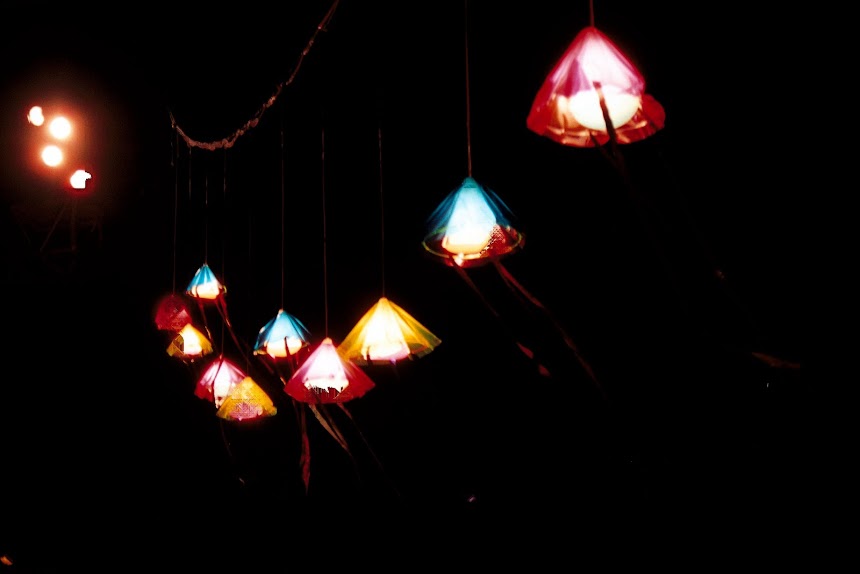I continue to discover, amid the industrial rubble and smog and flashing lights of the city, nature. Fort Tryon Park, located on the upper upper west side (near Inwood, where I got lost last time), is a hilly, rough-hewn gentle giant of a park. Though not nearly the size of Central Park, Fort Tryon makes up for its lacking area through density, stacking meandering paths atop one another as the glacial cliffs of the Hudson River's edge climb ever higher; the panoramic views of New Jersey and the Bronx are, well, panoramic. But it is quite amazing to be atop not a building, but a piece of nature and to have a view like that, as I am most of the time smothered in the underground warren of midtown.
In the center of Fort Tryon Park is The Cloisters, a museum founded by Theodore Roosevelt in 1938. The exterior is striking; it was designed to resemble a Gothic monstery, sort of -- there are architectural elements from the Romanesque (1000s AD) to Gothic (1200s, ish) to Medieval (1400s). It is essentially a venue in which to provide a "real" artistic and historic experience, meaning that the artwork and artifacts are displayed in settings that most closely resemble their original. At first I was disappointed, having learned that The Cloisters were not, in fact, actual cloisters. Yet, after visiting a few rooms, the experience became remarkably logical. I felt like I was playing a game I didn't know I could play -- wandering from the "early Gothic" hall (made to replicate the 1200s) to the "Unicorn Tapestries" hall (1500s) made me suddenly pay attention to the artistic and architectural differences between the two periods, which I already, subconsciously, knew. The early Gothic art was tortured, all stone and pointy arches, simplistic stained glass, Jesus everywhere. The Unicorn Tapestries (which are famous, apparently) were set in a warmer room, with a large hearth, thick rugs on the floor, wooden chairs, fanciful flowers woven into the massive, nonreligious-themed tapestries.
The "cloister" areas, which were designed to replicate the monastic gardens, were beautiful. One garden was strictly culinary and medicinal, growing plants that Medieval monks would have grown in their time: horsetail, feverfew, quince, stinging nettle, chives. Another contained plants that were native -- both in the wild and grown at home -- to Europe during the Middle Ages; another contained only wildflowers. (Pictures soon to come!)
An added bonus to visiting The Cloisters was a free ticket to the Met (the two museums are related). I rushed down to Central Park, but only managed to get in about 20 minutes of visiting time, which was unpleasant and rushed and I should've just gone home. I missed the "Big Bambu" exhibit I had wanted to see, and was subjected to an annoying "street performance" while I unlocked my bike from outside the front of the museum. Oh well.
The trip totaled a little over 25 miles, which puts me in good shape for the Tour de Bronx this month! Wahoo!

1 comment:
i bought one of your christmas gifts (or danny did) at the cloisters gift shop. I dont remember exactly what it was, but it had something to do with a horse
Post a Comment